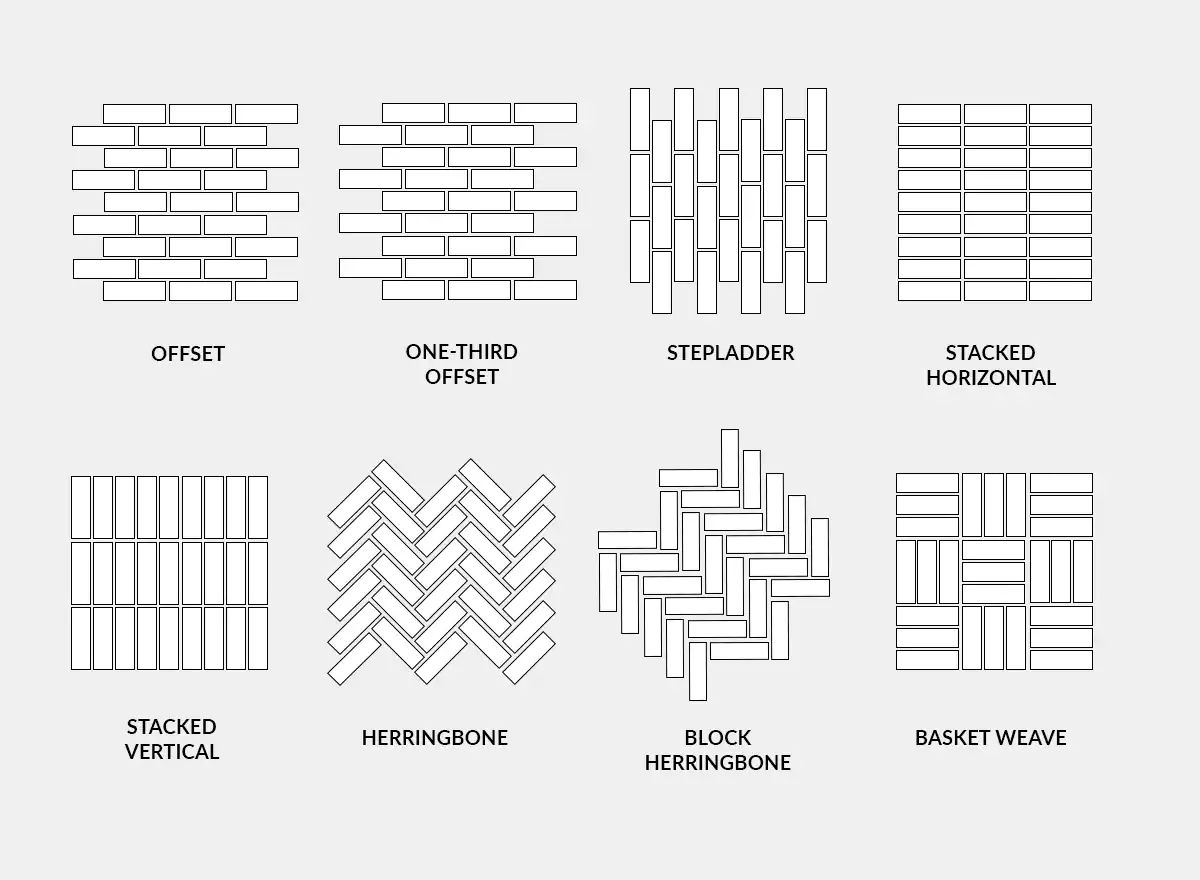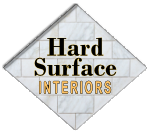Design your vision
There are many things to consider when designing your space.
Tile design considerations
• Just about any type of tile can be used on walls, while tile installed on floors must explicitly be “floor tile”.
• When choosing grout colors, a color that matches the color of your tile is generally a safe option.
• Any tile larger than 12” by 12” is considered “large-format tile”.
• Any tile that comes on a mesh sheet is considered a “mosaic tile”.
• Grout does not need to be sealed, however, sealing does have advantages.
• Grout is porous and water will penetrate it. If a tile shower is installed correctly, there will be waterproofing installed behind the tile.
• If you are purchasing tile yourself, it is good practice to purchase 10%-20% more tile than the measurement of your space (Sq Ft).
• Good quality tile is flat, straight, and the pieces are consistent sizes.
• Bad quality tile is bowed, warped, and/or has camber.
• “Custom” or “Handmade” tiles are usually inconsistent in quality and are more difficult to install.
• Marble is beautiful stone, but it is very fragile and yellows with age, we do not recommend installing marble on floors.
Types of Tile
• Ceramic, a common material, typically a cheaper option and easy to work with. Patterns are usually printed on the face of these tiles to mimic other materials like stone and are then glazed.
• Porcelain, another common material, is more durable and is commonly used in flooring, it can be textured or printed with a pattern and can be glazed or polished for a gloss finish.
• Glass, comes in many colors, cannot be used on floors, and typically comes with paper on the back because of its translucent nature.
• Stone, a beautiful option, comes in many varieties. Some stone is more fragile (such as marble) and often requires more maintenance. Stone can be natural or synthetic.
Types of Patterns
Below are the most common types of pasterns used in a tile layout. Which one you pick will dramatically change the look of your space.

